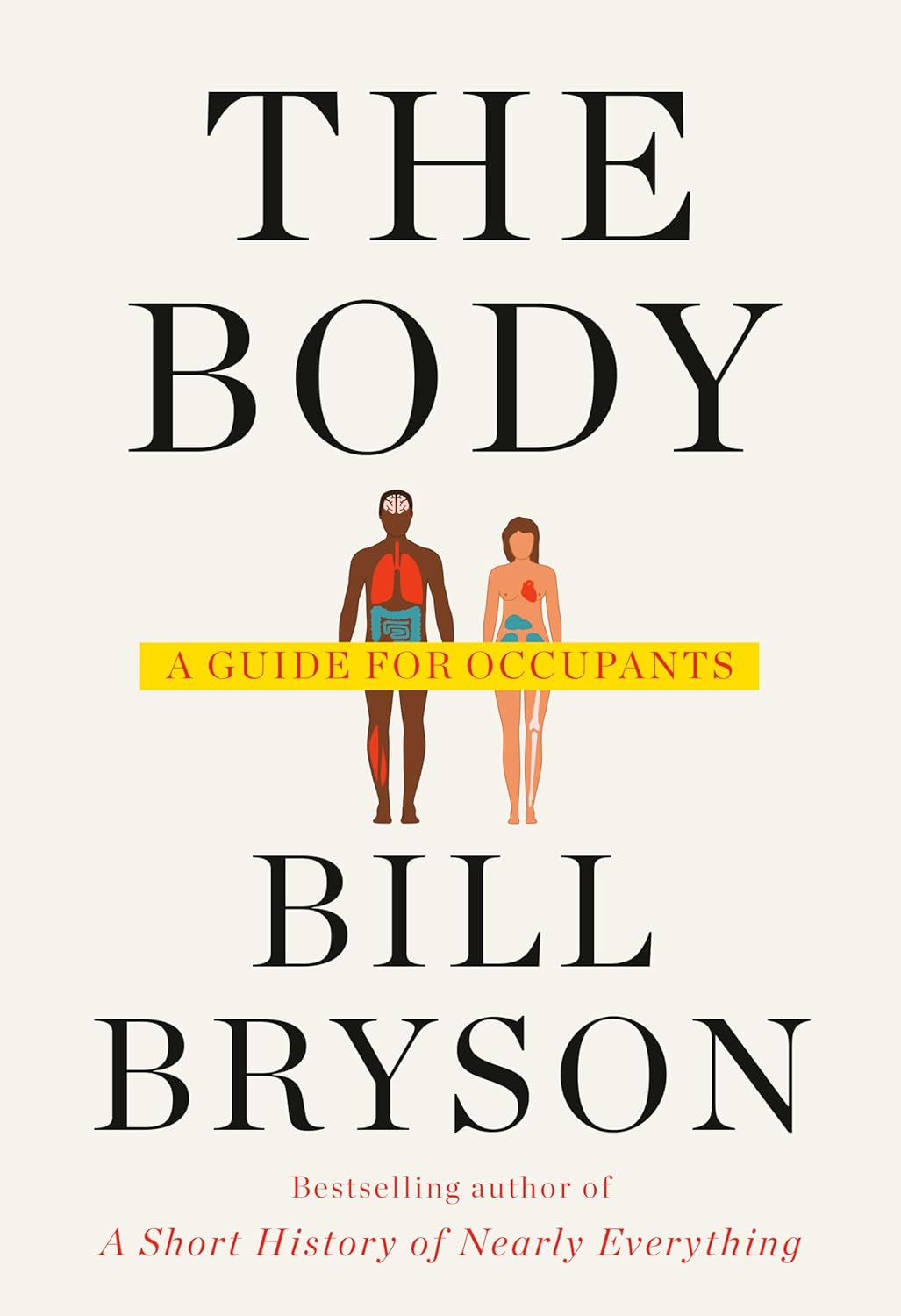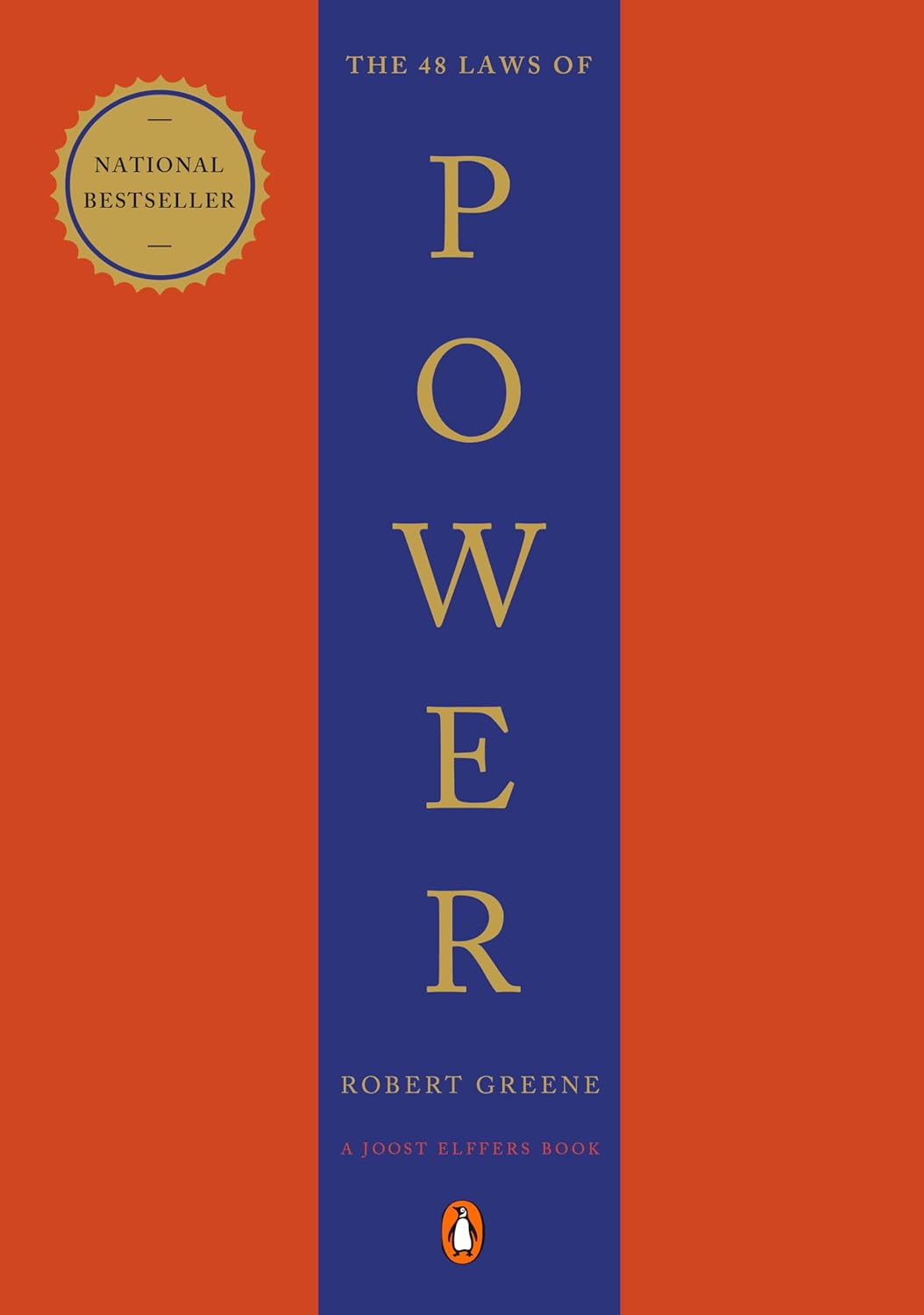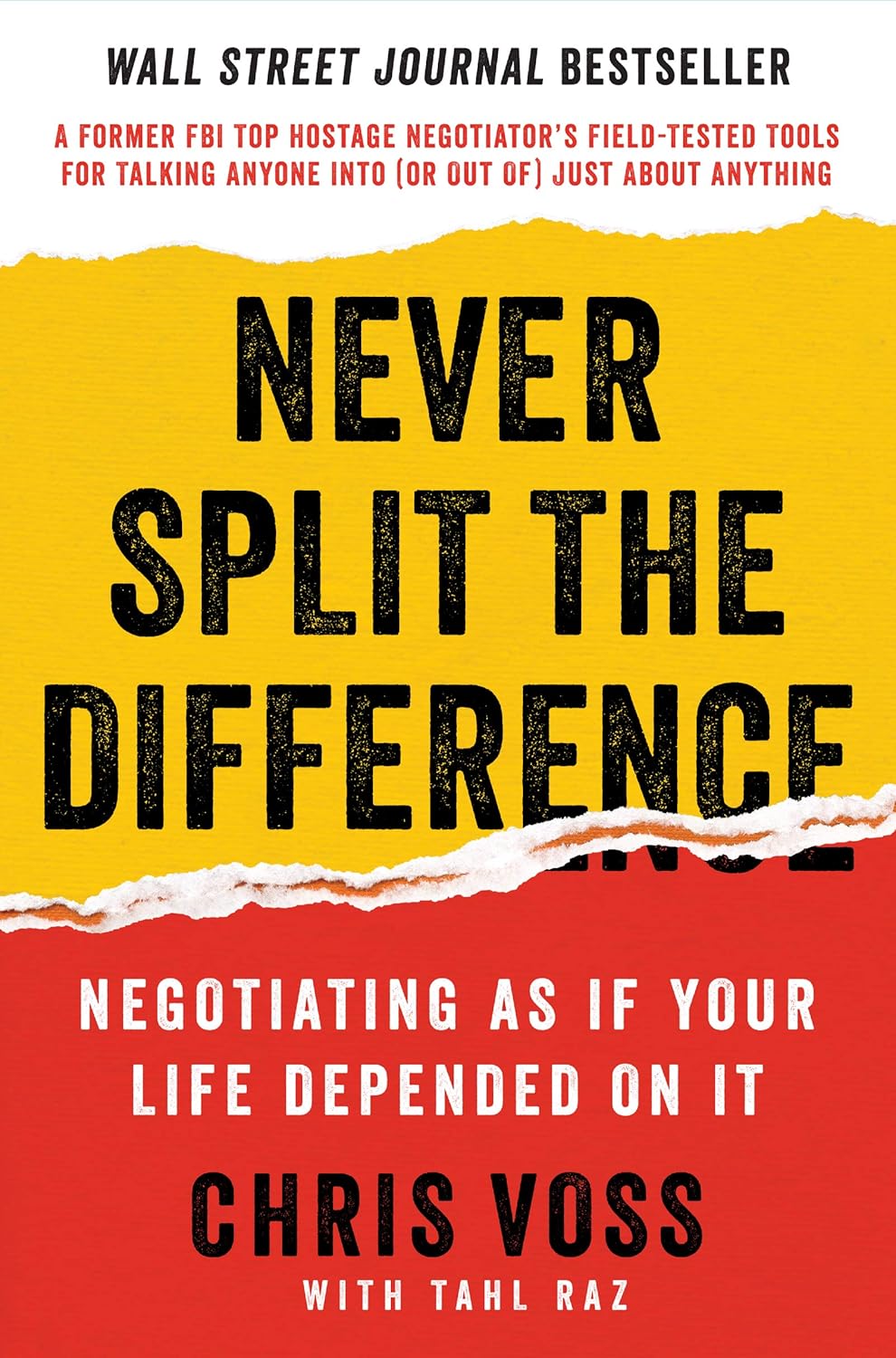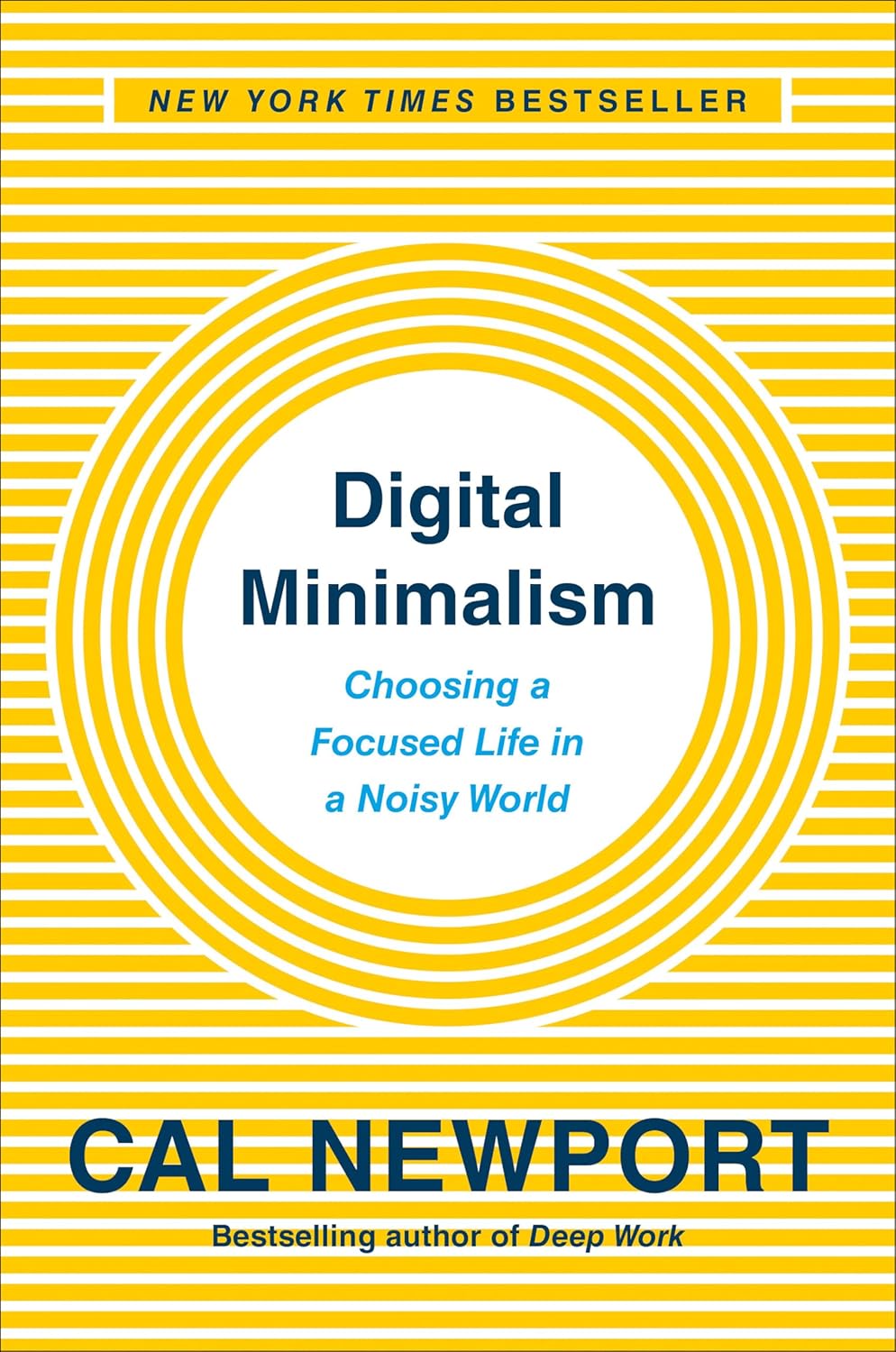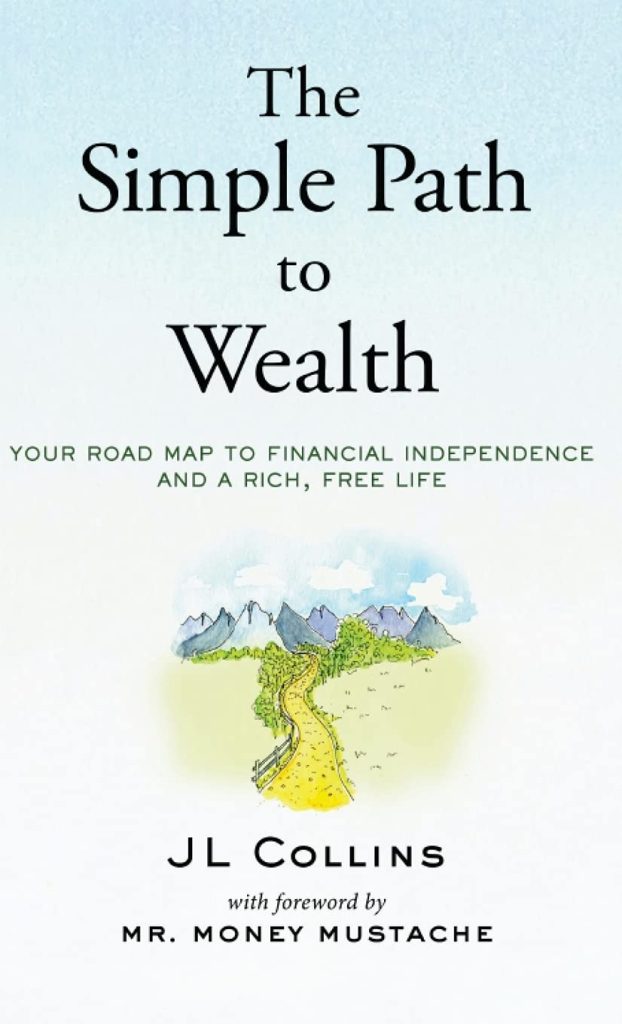
Buy The Book
The Simple Path to Wealth: Your road map to financial independence and a rich, free life

About
JL Collins, through letters to his daughter, created “The Simple Path to Wealth” as a guide to financial independence. Eschewing complex strategies, Collins champions a straightforward approach: spend less than you earn, invest the surplus, and avoid debt. The book advocates investing in broad-based index funds, particularly Vanguard’s VTSAX, for long-term growth.
Collins emphasizes the importance of “F-You Money,” providing freedom and options. He debunks common misconceptions about the stock market, advocating for a buy-and-hold strategy and dismissing the allure of market timing or stock picking. The book also covers asset allocation, retirement planning, and navigating market downturns. “The Simple Path to Wealth” offers a clear, actionable roadmap for building wealth and achieving financial independence.

Spark
Learn
Review
✦ Beginnings (Chapter I- IV)
This journey into financial independence starts with a foundation built on understanding money’s power and pitfalls. It’s acknowledged that most people don’t want to spend their lives consumed by financial matters, but neglecting money opens doors to exploitation. Complexity in investments primarily benefits those who create and sell them, often at the investor’s expense. A simple approach is advocated: spend less than you earn, invest the surplus, and avoid debt. Embracing this principle is key to becoming wealthy, not just financially, but in terms of freedom.
Carrying debt is likened to being covered in leeches, draining resources and restricting choices. Lifestyle choices shouldn’t solely be about money, but awareness of their financial impact is crucial. Sound investing isn’t complicated. Saving a portion of every dollar earned is crucial, and the higher the savings rate, the sooner “F-You Money” is attainable. A savings rate of 50% is presented as perfectly achievable. The stock market is emphasized as a potent wealth-building tool, despite its inevitable drops. Ignoring these market downturns and buying more shares is recommended, although difficult due to widespread panic and media frenzy. Financial independence is defined as being able to live on 4% of investments annually.
The letters to a daughter, the blog, and now this book are the efforts to share what works, where the dangers lie, and how simple financial success can be. The hope is for a smoother path, fewer missteps, and faster financial freedom.
The narrative shifts to a parable of a monk and a minister, contrasting contentment with simple living versus catering to worldly desires. Choosing to be closer to the monk is a personal preference. Then, the journey reflects on the pursuit of financial independence, never primarily about retirement, but about having options and the freedom “F-You Money” provides.
Working since a young age, a natural inclination to save is revealed. Personal savings went towards college expenses. Wanting “F-You Money” early, the phrase originates from James Clavell’s novel Noble House, representing freedom from others’ demands and control over one’s life and time.
Unlike in the novel, enough F-You Money isn’t necessarily enough to live on for the rest of your life. Sometimes it’s only just enough to step to the side for a while.
Financial independence is about the ability to live modestly as much as about cash. An experience of resigning from a job to travel highlights how “F-You Money” enables negotiation.
Finally, a discussion of evolving laws, regulations, and specific numbers, noting that they may become outdated. While used to illustrate broader concepts, readers are advised to seek current information. Projections and calculators are used in hypothetical scenarios.
✦ Part I: Orientation (Chapter 1-5)
The foundation of financial independence is laid with an unequivocal stance: debt is an intolerable burden, a silent saboteur of wealth, and should be avoided like the plague. It’s portrayed not just as a financial constraint but as a form of modern-day enslavement. The author argues that debt erodes one’s lifestyle, stealing potential enjoyment and adding layers of unnecessary stress. It compels individuals to cling to their income sources, limiting freedom of choice and the ability to align work with personal values. Overwhelmingly, debt breeds negative emotions, mirroring the experiences of those struggling with addiction, leading to feelings of shame, guilt, helplessness, and isolation. These psychological impacts can drive destructive coping mechanisms that perpetuate the cycle of dependence on spending. Debt also warps one’s perspective, fixating attention on past mistakes, present pain, and future anxieties.
To effectively combat debt, the author stresses the necessity of a lifestyle adjustment and a focused repayment strategy. While acknowledging the appeal of immediate gratification, the author encourages readers to scrutinize their spending habits, ruthlessly eliminate non-essential expenses, and prioritize debt repayment. The suggested method is to list all debts, rank them by interest rate, and aggressively tackle the one with the highest rate while making minimum payments on the rest. Once a debt is vanquished, the focus shifts to the next highest, creating a cascading effect of debt elimination. Importantly, the author discourages relying on credit counseling services or consolidating loans, arguing that these approaches simply add to the overall cost. The emphasis is on disciplined effort and behavioral change rather than quick fixes or complex strategies. The payoff, the author insists, is not only freedom from debt but also the establishment of a savings and investment platform for future wealth creation.
Having “F-You Money” is presented as a cornerstone of true freedom, empowering individuals to refuse undesirable situations, pursue personal passions, and command their own time. The author emphasizes that it is not merely about early retirement but about having choices, control, and the ability to say “no” to situations that compromise one’s well-being. This financial cushion allows individuals to negotiate better working conditions, change careers without fear, and pursue entrepreneurial endeavors with less risk. The author shares personal anecdotes of using “F-You Money” to negotiate favorable leave terms and even leave jobs that weren’t the right fit, highlighting the immense value of financial security in empowering life decisions.
The author tackles the provocative question of whether everyone can realistically retire a millionaire. While acknowledging that achieving millionaire status requires discipline and a long-term commitment to saving and investing, the author asserts that it is indeed attainable for most middle-class earners. The key, the author argues, lies in shifting one’s mindset from consumerism to financial independence. Prioritizing needs over wants, cultivating frugality, and consistently saving and investing a significant portion of income are essential. High earners who succumb to lifestyle inflation can remain trapped, while those with modest incomes but a high savings rate can achieve financial freedom relatively quickly. The author uses mathematical examples to illustrate how saving and investing half of one’s income can lead to financial independence within a relatively short timeframe.
To understand money, the author encourages readers to rethink their relationship with money beyond its transactional value. It is essential to recognize its potential for generating income, viewing spending as a sacrifice not only of the money itself but also of the potential earnings it could have generated. The author introduces the concept of opportunity cost, highlighting the returns forgone by choosing to spend rather than invest. In contrast, the power of compounding is emphasized, where savings generate interest, which in turn generates more interest, creating a snowball effect of increasing wealth over time.
Focusing on investments, the author draws on Warren Buffett’s maxim: “Never lose money.” This, the author clarifies, does not mean avoiding market downturns, which are inevitable, but avoiding panic selling during those downturns. The key is to adopt a long-term perspective, thinking in terms of owning businesses rather than just trading pieces of paper. One needs to understand the underlying value of those businesses and stay the course even during periods of market volatility. Investing in a broad market index fund provides diversification, participating in the overall growth of the economy. The author cautions against trying to time the market or make short-term investment decisions based on fear and greed. Master your emotions to stay invested during downturns. One should expect to have their wealth cut in half more than once over the investment period. To be ready, now is the time to address the market’s inevitable crashes because they can present buying opportunities.
✦ Part II: How to harness the world’s most powerful wealth-building tool (Chapter 6-23)
The journey into wielding the stock market as a wealth-generating force starts with a critical deconstruction of prevailing investment wisdom. Conventional strategies, often cloaked in complexity, are revealed as primarily benefiting the creators and purveyors of these strategies, not necessarily the investor. The author champions a counter-intuitive approach: instead of chasing elusive market predictions or grappling with intricate financial instruments, focus on addressing the behavioral pitfalls that undermine sound investment decisions. The greatest impediment to wealth creation isn’t the market’s inherent volatility, but the self-sabotaging psychological responses that drive investors to make rash choices, like panic selling during downturns. The key is to develop the mental resilience to weather market fluctuations and view them as opportunities to acquire more assets at discounted prices.
The emphasis is on embracing simplicity as a pathway to both ease and superior returns. Complex financial products, often laden with exorbitant fees, serve to enrich the financial industry at the expense of the individual investor. The author advocates for a streamlined approach, urging readers to consider only a few essential factors: the current stage of their investment life (accumulation or preservation), their tolerance for risk, and their investment horizon (long-term or short-term). With a few straightforward tools, one can construct a portfolio that aligns with personal circumstances and aspirations.
Those tools include stocks, bonds, and cash. Vanguard’s VTSAX, a Total Stock Market Index Fund, constitutes the core of the portfolio, offering the best long-term returns and acting as an inflation hedge. VBTLX, a Total Bond Market Index Fund, provides income, mitigates the volatility of stocks, and serves as a deflation hedge. Cash, held in a money market account or high-yield savings account, provides liquidity for routine expenses and emergencies, and acts as a buffer against market uncertainty. The optimal allocation among these assets is determined by individual risk tolerance and financial goals.
Central to the author’s philosophy is the notion that index investing isn’t merely for the indolent, but for those who seek optimal results with minimal effort. Trying to outperform the market by selecting individual stocks or actively managed funds is a largely futile endeavor. In embracing the concept of indexing, one is essentially guaranteeing top-tier performance by mirroring the combined performance of all stocks in the index.
Why, then, does resistance to indexing persist? The author attributes this to a number of psychological factors: the challenge for intelligent individuals to accept that they cannot outsmart the market, the allure of potentially higher returns offered by active management, and the pervasive hype from the financial media. However, historical data consistently demonstrates that broad-based index funds outperform actively managed funds over the long term, making them the superior choice for wealth building.
While recognizing the wealth-building potential of the stock market, the author acknowledges its inherent volatility and the inevitability of market crashes. The author urges readers to prepare mentally for the “Big Ugly Event,” such as the Great Depression, and to understand the potential for wealth destruction through deflation or hyperinflation. While the occurrence of such events is unpredictable, the author emphasizes the importance of long-term investing and managing the associated risks.
To achieve an ideal portfolio, the author cautions against excessive diversification, which can dilute returns. Instead, one should diversify into a smaller number of low-cost, broad-based index funds. International funds, while seemingly essential for diversification, are deemed less critical due to the international exposure already inherent in U.S. companies. Target Retirement Funds (TRFs) are offered as an even simpler path, providing automatic asset allocation adjustments as retirement approaches. However, the author cautions that the shift to bonds in TRFs may be excessively conservative, potentially limiting the portfolio’s growth potential during retirement.
The author also addresses the accessibility of VTSAX, providing alternative fund options for those unable to purchase it directly. Vanguard’s structure is praised for its shareholder benefits and low costs, while investment buckets like 401(k), 403(b), TSP, IRA, and Roth are identified as essential tools for tax-advantaged savings. RMDs, often an unwelcome surprise at the end of the tax-deferred rainbow, are discussed, as are HSAs, which offer benefits beyond medical expenses. Through concrete examples and case studies, the author illustrates how to translate the simple path to wealth into action, concluding with a critique of investment advisors and the inherent conflicts of interest that can arise.
✦ Part III: Magic Beans (Chapter 24-28)
The appeal of actively managed investments and magic beans can be strong. They promise the potential for outsized returns and the allure of beating the market, but the pursuit of these often leads down a path of unnecessary complexity and increased risk. It is noted that many people have trouble simply accepting average returns, which an index fund provides, but those average returns are far better than what most actively managed investments provide after their exorbitant fees. The allure of higher returns by picking stocks or actively managed funds is the “magic bean” for investors, but it is usually an illusion. The focus shifts to the wisdom of Jack Bogle and the simplicity of index investing. Bogle’s philosophy emphasizes that the key to successful investing lies not in trying to outsmart the market, but in embracing its inherent efficiency and harnessing its long-term growth potential.
Bogle’s impact on the financial world has been profound. Bogle’s success in creating and popularizing index funds challenged the traditional model of active management, disrupting the financial industry and sparking considerable controversy. The wisdom in Bogle’s approach is reviewed through the lens of both his supporters and his detractors.
Despite the overwhelming evidence supporting index investing, some continue to advocate for active management. Their arguments often center on the belief that skilled managers can identify undervalued securities, exploit market inefficiencies, and generate superior returns. However, these claims are met with skepticism, as studies have consistently shown that the vast majority of active managers fail to beat their benchmarks over the long term.
It is highlighted why attempting to pick individual winning stocks is a fool’s errand, akin to searching for a needle in a haystack. The stock market is complex and competitive, and it is virtually impossible for the average investor to possess the information, skills, and resources necessary to consistently identify and select winning stocks. It is better to own a piece of every business in the stock market. The odds of picking a winning stock is worse than the odds of the stock market rising over the long term.
The challenges associated with market timing are explored. Many investors are tempted to try to time the market, buying low and selling high. However, this strategy is fraught with peril, as it requires predicting both the peaks and troughs of the market, a feat that is virtually impossible to achieve consistently. Attempting to time the market can lead to missed opportunities and diminished returns. The importance of staying the course and remaining invested through thick and thin is emphasized.
The discussion then shifts to the topic of dollar-cost averaging (DCA), a strategy that involves investing a fixed amount of money at regular intervals, regardless of market conditions. While DCA can help to mitigate risk and smooth out returns, it is not recommended. In the long run, investing a lump sum upfront is likely to produce better results. Dollar-cost averaging is often seen as a crutch for investors who lack the confidence to invest a lump sum, but better to adapt attitudes to the numbers rather than adapt the strategies to psychological comfort levels.
The allure of becoming a stock market guru and gaining recognition on financial news networks like CNBC is explored. This can be a tempting prospect for some investors, it is essential to recognize that most of these so-called gurus are simply entertainers, not financial experts. Their predictions are often inaccurate and their advice can be misleading. It is recommended to approach their pronouncements with skepticism and to rely on sound financial principles. A stock market guru’s main objective is to earn ratings, which has little to do with providing sound investment advice.
The dangers of being conned by unscrupulous financial advisors and investment schemes are highlighted. It is a reminder to be vigilant and to exercise caution when dealing with financial professionals. Before entrusting anyone with your money, it is essential to do your research, check their credentials, and seek out independent advice.
Part III emphasizes the importance of simplicity, humility, and sound financial principles in achieving long-term investment success. It cautions against chasing magic beans and warns of the dangers of trying to outsmart the market or falling prey to unscrupulous financial advisors. The key to building wealth lies in embracing a disciplined, long-term approach, and staying the course through thick and thin.
✦ Part IV: What to do when you get there (Chapter 29-32)
Now that the wealth-building phase is complete, attention shifts to managing and deploying those accumulated resources. The book transitions from accumulating wealth to the often-overlooked phase of responsible stewardship. The central questions now revolve around the practicalities of turning a large investment portfolio into a sustainable income stream. What’s the sustainable spending rate? How does one access the funds, and what about Social Security? Lastly, how can wealth be used to benefit others, adding purpose and meaning to financial success?
The most critical question centers around withdrawal rates: how much can be safely spent without depleting the nest egg? The 4% rule is introduced as a guideline, suggesting that one can withdraw 4% of their portfolio annually without running out of money over a 30-year period. It is emphasized, however, that this is not a hard or fixed target, but a rough guide, a starting point for determining a sustainable spending level. The rule is based on Bill Bengen’s 1994 study, where a portfolio of 50% stocks and 50% bonds would last at least 30 years if annual withdrawals never exceeded 4% of the initial balance.
Several critical assumptions underpin the 4% rule. One is that the portfolio is diversified, holding both stocks and bonds to balance risk and return. The other is that each year, the 4% is adjusted for inflation, ensuring that purchasing power isn’t eroded over time. Bengen’s study also suggested that, in nearly all cases, the portfolio wouldn’t simply last the 30 years, it would actually grow— often substantially. Despite its widespread acceptance, the 4% rule has its critics. Some argue that the historical data it relies on doesn’t necessarily guarantee similar investment returns in the future. Others point out that the results can vary considerably based on initial market conditions and portfolio composition. As such, it is essential to use the 4% rule as a starting point, adjusting it based on individual circumstances and risk tolerance.
To answer, “How do I pull my 4%?” the book shifts to the mechanics of income generation and managing sequence of returns risk. Dividends and bond interest are highlighted as predictable income streams that naturally replenish the portfolio, reducing the need to sell shares. However, the book cautions against relying solely on these income sources, as they may not be sufficient to meet the 4% withdrawal rate, especially during periods of low interest rates. When markets decline, selling shares to maintain the 4% withdrawal rate can deplete the portfolio rapidly, especially in the early years of retirement; this is sequence risk.
To counter sequence of returns risk, several strategies are presented. One is to have a cash cushion covering several years’ worth of expenses, providing a buffer against market downturns and reducing the need to sell shares at depressed prices. Another is to be flexible with spending, reducing withdrawals during market downturns and increasing them during periods of strong market performance. Thirdly, one can consider annuities to provide a guaranteed income stream, mitigating sequence risk and providing peace of mind.
Navigating Social Security benefits is examined. Deciding when to claim Social Security is a critical decision that impacts lifetime benefits. Delaying benefits increases the monthly payout, while claiming early reduces it. The book emphasizes the importance of considering factors such as current health, family history, and the need for current income when making this decision. Spousal benefits add another layer of complexity, as do survivor benefits. Understanding the rules and options is key to maximizing the value of Social Security.
The narrative then takes on the responsibility of wealth, transitioning to the act of giving. Those who’ve achieved financial independence often seek purpose beyond personal gain and can look for opportunities to give back, with the recognition that giving is also beneficial to the giver. Not just for religious reasons, but for the simple joy and pleasure it can bring to your life.
Giving to charity is one possible strategy and there are tax benefits to doing this. Also, charities have varying degrees of efficiency, so research is recommended. Giving doesn’t always have to mean handing out cash. One may want to give their time. Consider all the experiences and expertise that have been accumulated over the years, and one may choose to pass that along.
Whether it’s financial assistance, time, or expertise, wealth becomes a tool for positive impact beyond personal enrichment. This act of giving closes the loop, transforming financial success into a legacy of purpose and meaning. The key point is to realize what an incredible privilege this is. Financial independence isn’t just about personal freedom; it’s about the opportunity to make a difference in the world.
✦ Afterword (Chapter 33-35)
Looking back on the principles and strategies shared, the focus shifts to the next generation. There’s a vision of imparting financial wisdom to a daughter, approaching it as a gradual and supportive process. It’s not about forcing a particular path, but about fostering an understanding of the value of money, the importance of saving, and the dangers of debt. The plan is to introduce these concepts slowly, allowing her the freedom to make her own choices while providing consistent guidance and support. The primary goal is to equip her with the necessary tools and knowledge to make informed financial decisions, empowering her to navigate the complexities of money management with confidence and independence. The objective is to cultivate financial literacy and responsible decision-making, rather than dictating specific outcomes or investment strategies.
Beyond the realm of finance, the narrative transitions to personal experiences in the South Pacific, offering a reminder that life extends beyond the accumulation of wealth. These anecdotes serve as a counterpoint to the emphasis on financial independence, highlighting the importance of experiences, human connections, and finding joy in the present moment. Travel, adventure, and cultural immersion enrich life in ways that money alone cannot replicate. The message is clear: financial security should not come at the expense of living a full and meaningful life. It’s about striking a balance between prudent financial planning and embracing the opportunities for personal growth and enrichment that life has to offer. This includes continuous learning, exploration, and nurturing relationships, acknowledging that these aspects contribute significantly to overall well-being.
The journey concludes with reflections on the nature of risk, distinguishing between real risk and perceived risk. Real risk is defined as the potential for the permanent loss of capital, emphasizing the importance of avoiding investments that carry a high likelihood of irreversible losses. Perceived risk, on the other hand, refers to the discomfort associated with market volatility, recognizing that fluctuations in investment values are a normal part of the process. Diversification and a long-term perspective are presented as essential tools for managing both types of risk. Diversification helps to mitigate the impact of any single investment performing poorly, while a long-term perspective allows investors to ride out short-term market fluctuations and benefit from the overall trend of long-term growth. It’s crucial to understand individual risk tolerance and develop a financial plan that aligns with personal values, goals, and comfort levels, ensuring that financial decisions are made with a clear understanding of the potential risks and rewards involved. Understanding that the journey to financial success is a gradual process with constant change, not an instant event, and making plans according to the process.
For People
– Young adults starting their careers
– Parents wanting to guide their children financially
– Individuals overwhelmed by complex financial advice
– Those seeking early retirement
– People wanting to simplify their finances
Learn to
– Debt avoidance
– Investment basics
– Wealth building strategies
– Financial independence
– Long-term financial security






